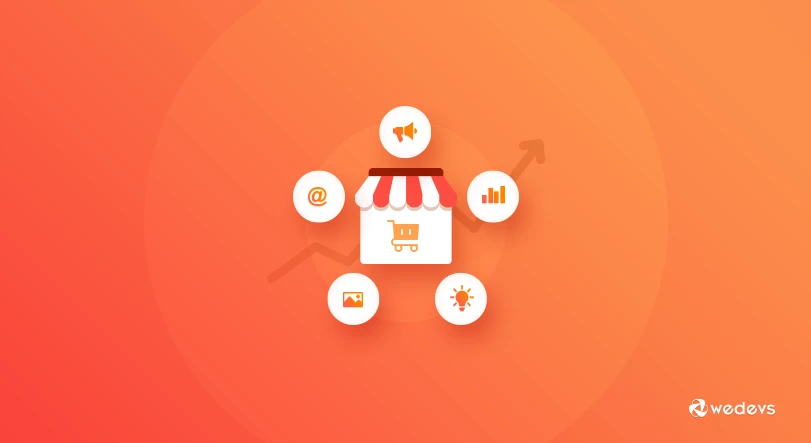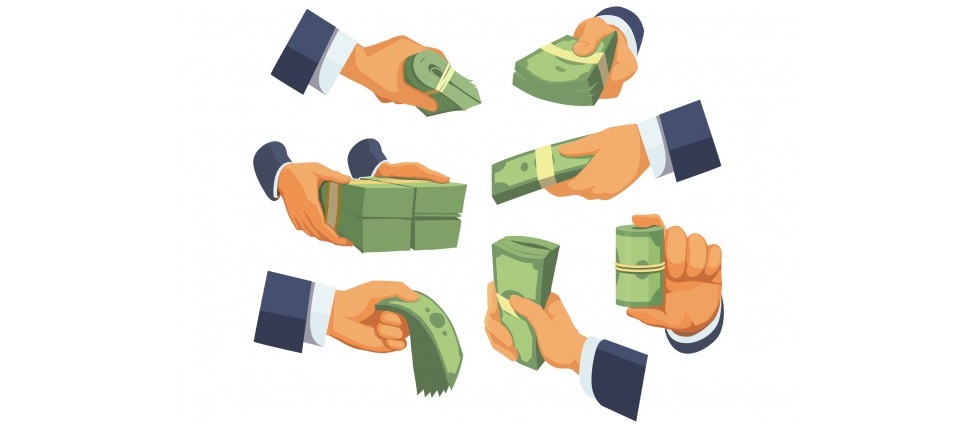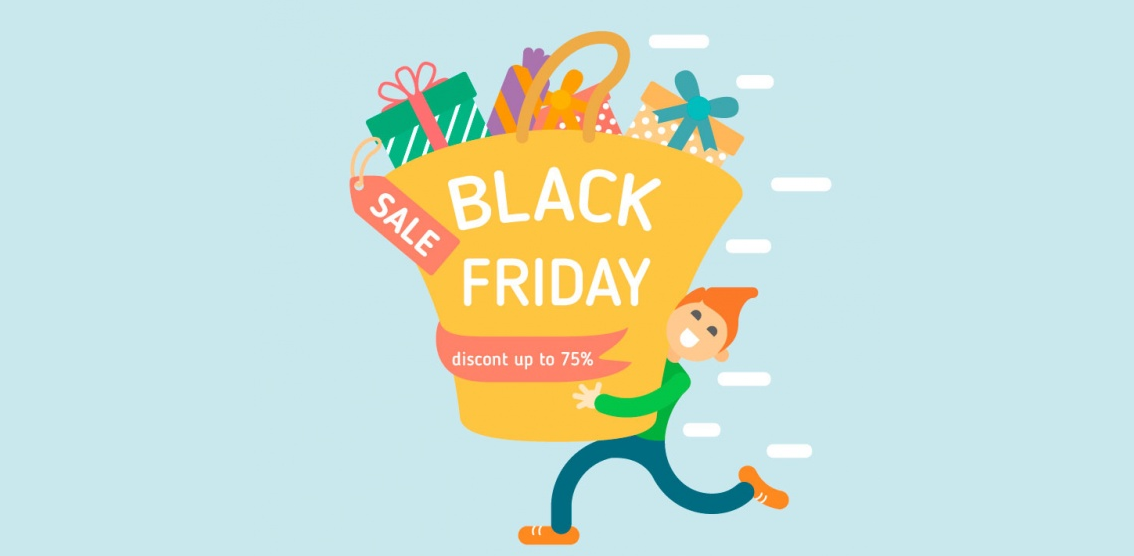
15 Marketplace Strategies For Growth: Optimize Your Sales!!
As we all know, it is quite a challenge and indeed takes a lot of effort to build a marketplace. But the real challenge awaits still after that. That is – to scale that marketplace. Scaling means choosing the right plan to allocate and optimize the resources properly to grow the business. Scaling is your marketplace strategy. To experience long-lasting success, there is no alternative for it.
In this post, we'll be talking about some effective and interesting approaches to scaling a marketplace.
If you've not checked yet, go through our Exclusive Growth Hacking Guide for Startups. Here you'll learn how to use growth hacking that brings sure success with detailed case studies.
Lets start with-
Why a Solid Marketplace Strategy Matters?
As of 2023, there were 13.98 million eCommerce sites in the US (source: Dofinder). As we are writing this, the number has increased and so is the competition. It has become a battleground for eCommerce sites for visibility, positions on SERP, and a place in the buyer's bookmark list.
It doesn't matter if you have great products or not. Without a sound strategy, the chances of your marketplace standing out are close to zero. That is why your marketplace should have a sound strategy including figuring out the customer experience, acquisition, product listing optimization, steady system of positive ratings and reviews, etc.
Achieving them is surely a challenge, but if you have a positive mindset, you will have fun. And with our list of top strategies, you will surely taste success.
15 Marketplace Strategies You Should Consider for Your Online Business
There are various scaling strategies for different types of marketplaces. We've picked the ones, which proved vital for many successful companies all over the world. Let's have a look to the best marketplace strategies for 2024-
- Emphasize the Hardest Side First
- Focus on Niche Marketing
- Widen the Range of Supply
- Instill Trust in Customers
- Notable Pre-investment Maybe a Plus
- Focus on One Single Feature at a Time
- Don’t Pivot too Rapidly
- Acquire High-value Users
- Pay More to Earn More
- Reach the Two Sides at Once
- Generate Your Community
- Maintain Uniqueness
- Implement the “Surprise and Delight” Method
- Increase Engagement with Some Free Features
- Set Constraints, Raise the Excitement
1. Emphasize the Hardest Side First
Every marketplace needs to generate two sides for itself – supply-side and demand-side. Between these two, figure out which one is harder for your marketplace. If you can bring enough of that side on board, the other side will be 2-10X easier to get. This is the first part of your marketplace strategy.
Example: For the RV rental marketplace Outdoorsy, the supply was the hardest side. So, they went for the supply first. Once they ensured enough supply by getting more RV owners, the other side, in this case, the demand started coming 5X faster and cheaper.
2. Focus on Niche Marketing

When starting out, it's wise to target the small groups first instead of investing in the broader markets at once. Make sure it works for the niche targets and then start expanding it. With smaller groups, you will be able to focus better and also test if you marketplace strategy is going in the right direction or not.
Read: How to Create a Booking Marketplace
Example: In early 1995, Craig Newmark started Craigslist as an email distribution service among his friends. And now, it is a classified advertisements website covering 70 countries.
3. Widen the Range of Supply
To make a jump-start, try to inflate the supply side of your marketplace. Since people tend to return to that marketplace where they get a lot of options, show them that you have a wide range of supply in hand.
Example: Goodreads collected data from the web to inflate their supply at the start when there was not much user activity.
4. Instill Trust in Customers
When you have the inventory, you are more likely to attract more users. Now you need to turn them into your customers. A certain level of trust is required in this case. Transparency, review & rating systems, and insurance – these are the things people love to see in a marketplace.
Also, this will help with your marketplace growth significantly.

Example: Uber has rating systems for both drivers and riders. It gets rid of the drivers whose rating falls down. Similarly, drivers can check about a customer before offering a ride.
5. Notable Pre-investment Maybe a Plus
Launching with a significant pre-investment can catch a lot of attention. This marketplace strategy shows the commitment to your plan and can attract the producers easily.

Example: Microsoft launched the Xbox with a $500 million marketing budget, which obviously attracted new developers and producers to the platform.
6. Focus on One Single Feature at a Time
To make a significant entrance highlighting one feature may turn out to be effective. Offer people with the focused feature of your business solution. Then introduce the other offerings. This will have a positive impact on your marketplace growth.
Example: At the time of initiating in 2007, Flipkart only focused on selling books. When it acquired a user base, established its name as a brand, it started offering other products. Now, it's one of the biggest online stores in India.
7. Don’t Pivot too Rapidly
Scaling a marketplace isn't a small task. Sometimes it takes a huge amount of time to visualize the outcome. So, don't switch your plans too frequently if you don't see instant result. Remember that building a solid foundation takes time.

Example: We can refer the Uber once again here. To take away the user base of the regular yellow taxi, it used the strategy of undercutting the fare. It started losing money at first but didn't switch from the plan. No need to mention that it got what it wanted.
8. Acquire High-value Users
As part of your online marketplace strategy, figuring out the high-value users for your business and reaching them first is crucial. Other users will be influenced by them. Ultimately, you'll be getting a massive user base.
Example: The marketing lead of Tinder, personally went to several campuses and convinced the girls to join their platform. Then she went to their male fraternities. Seeing lots of familiar faces already on the app, they joined there too.
9. Pay More to Earn More
Monetize the most valuable side (supply-side/demand-side) of the market if possible. Pay buyers or sellers – whoever is more valuable to your market, to encourage their participation. Paying before earning isn't a bad approach rather it's a trick to trigger the user activity.
Example: Classpass subsidized their supply side. They paid the gyms upfront to join their platform.
10. Reach the Two Sides at Once
As creating both buyer and seller communities at the early stage is quite a difficult task, look for opportunities where you can meet them both at once. To put it simply, search for a user group that can act as both your buyers and sellers.
Example: Etsy used this strategy when they noticed that people most likely to buy handmade goods are the people that also sells them. They targeted this user group and didn't have to worry about the chicken-or-egg problem.
11. Generate Your Community
Having a strong network or community is beneficial to a great extent. It is a great way to get closer to the people, to generate activity, to exchange knowledge. Try to generate and regulate your community by hosting meetup events.

Example: Yelp throws a lot of parties all over the United States for the “Yelp Elites”. It influences a lot of people to join their Elite community.
12. Maintain Uniqueness
To stand out in the competition, you need to approach the buyers with unique offerings. Understand the buyer mindset and act according to it.
Example: In the marketplace of vacation rental, Airbnb started its journey when other companies were already well-established there. Still, it was able to steal the show with its unique offering. Where other companies only allowed full space rental, Airbnb provided the option of shared space rental as well. People loved it instantly.
13. Implement the “Surprise and Delight” Method
Show that you care for your customers with a surprise gift or coupons to use in your marketplace or simply a personalized thank you note. These small gestures create a huge impact on people and increase user activity.
Example: Popular tissue brand, Kleenex searched Facebook for people posting about sickness or catching a cold. Then it surprised those people by delivering get-well items to them. The brand achieved over 650,000 impressions and 1,800 interactions from social media users with this campaign.
14. Increase Engagement with Some Free Features
The word FREE has the power to draw people's attention. Make something free which used to cost money to get more people engaged in your marketplace.
Example: On Friendship Day in 2010, Coca-Cola gave two cokes at the price of one in Argentina. It experienced a 1075% sales growth (800 bottles in 9 hours) that day.
15. Set Constraints, Raise the Excitement
Setting a maximum purchase limit or a purchase time limit generates huge excitement among the customers. It triggers the “FOMO – fear of missing out” and drive them into purchasing competition.

Exclusivity also triggers FOMO. People love getting their hands on those items very few people have access to. You can make an offer for some exclusive customer and see the magic!
Example: Amazon hosted 30 hours of flash sales across 13 countries on July 11, 2017, and gained a 60% increase in sale. Limited quantities and the ticking sales clock did the trick for them.
These are the top-performing marketplace strategies that have brought immense success for various businesses over the last few years.
Pick the Right Marketplace Growth Strategies for Your Business
It's pretty obvious that every strategy isn't applicable to every marketplace. You also won't need all of them. Take a good look at your marketplace. Then you'll be easily able to come up with the right plan for you.
If you love any other marketplace strategies that we haven't mentioned here, please share with us in the comments. We really want to hear from you.